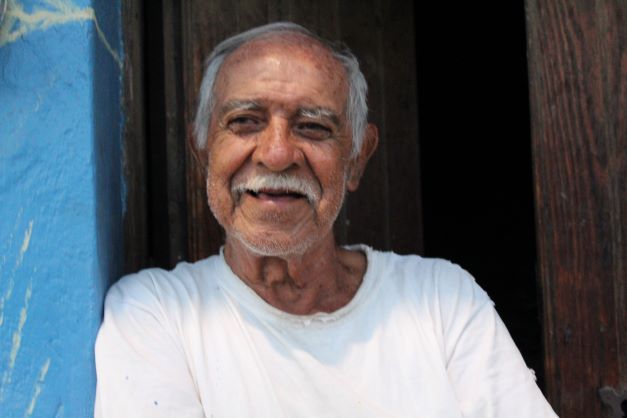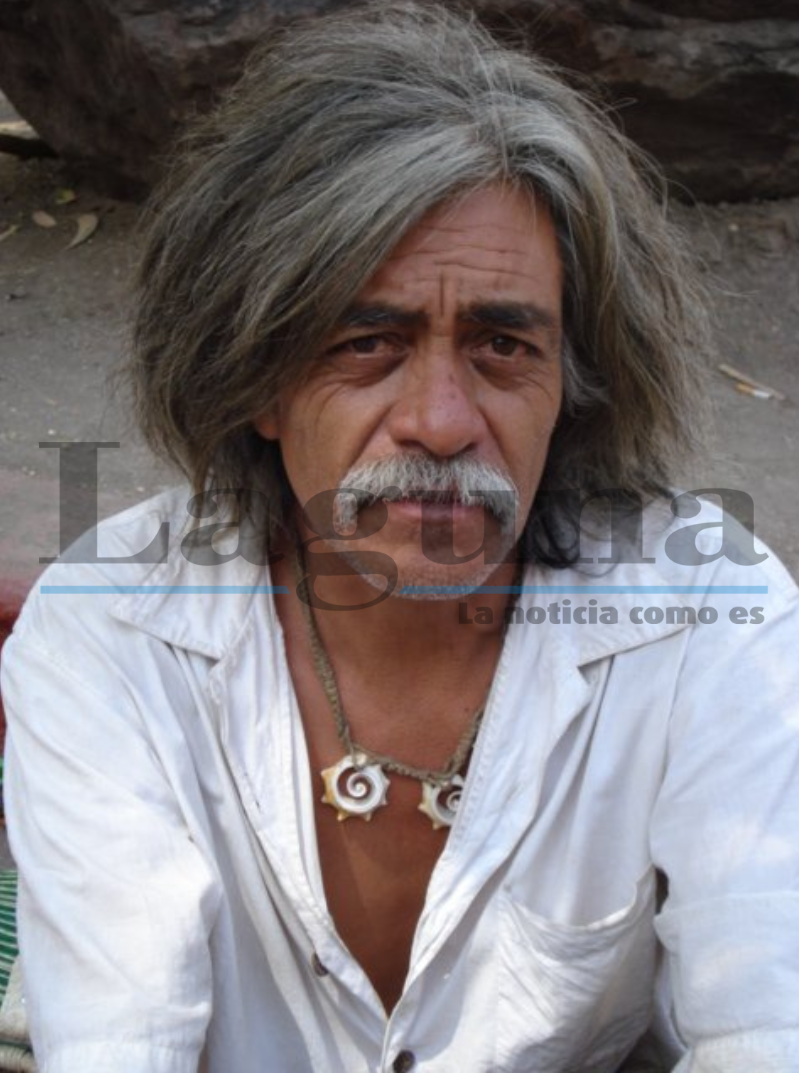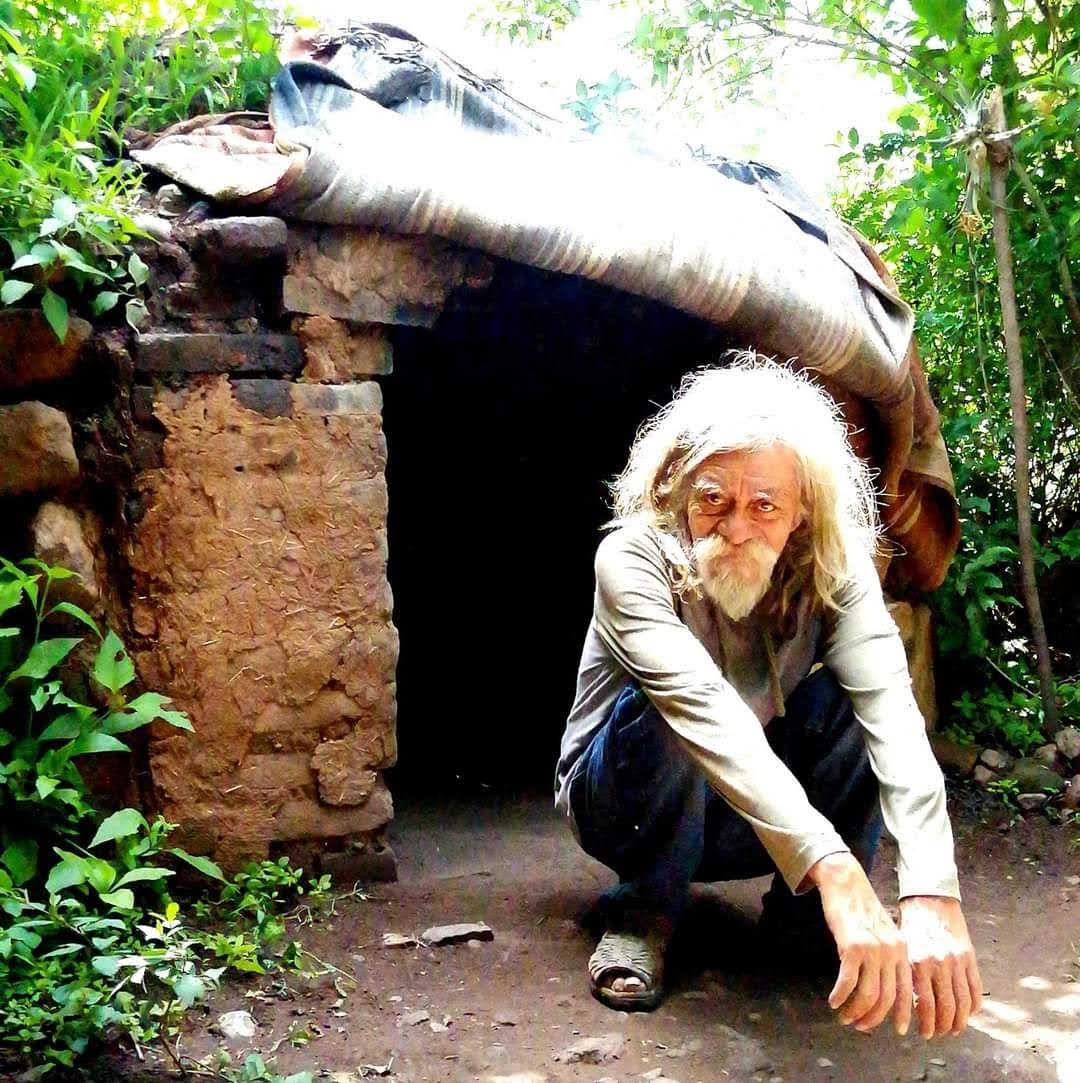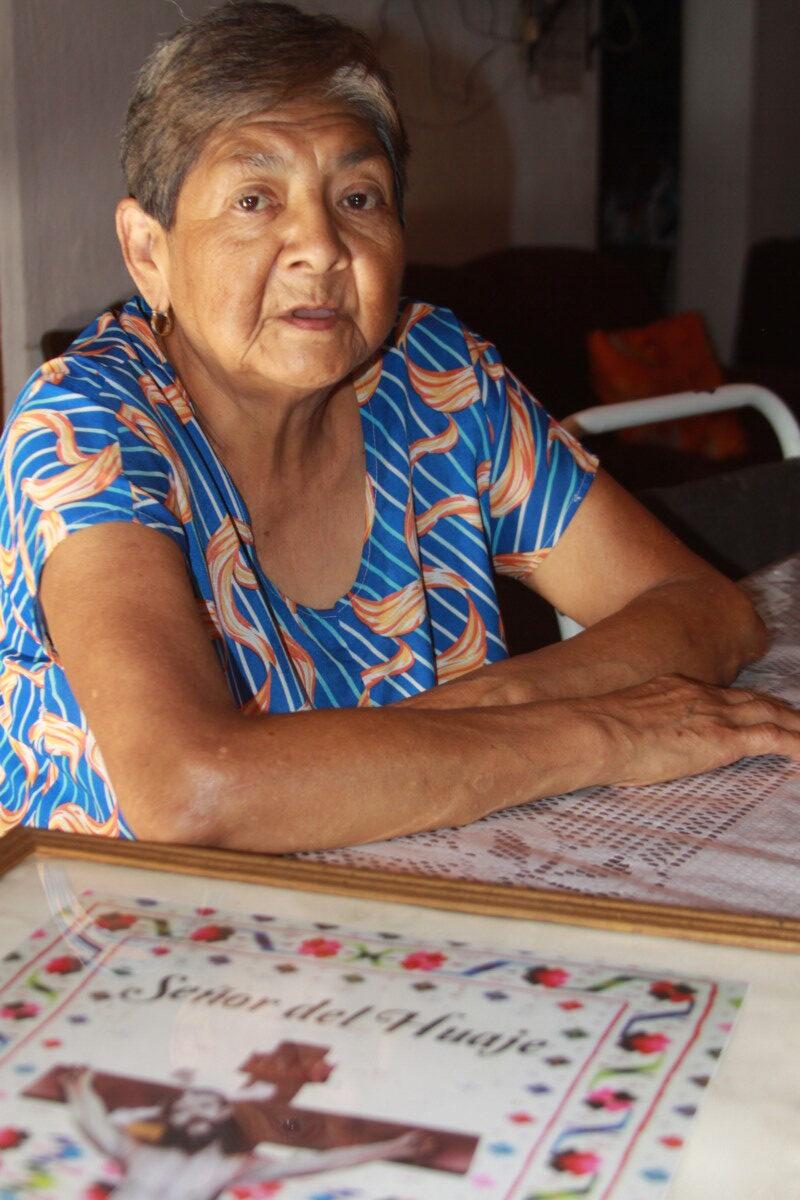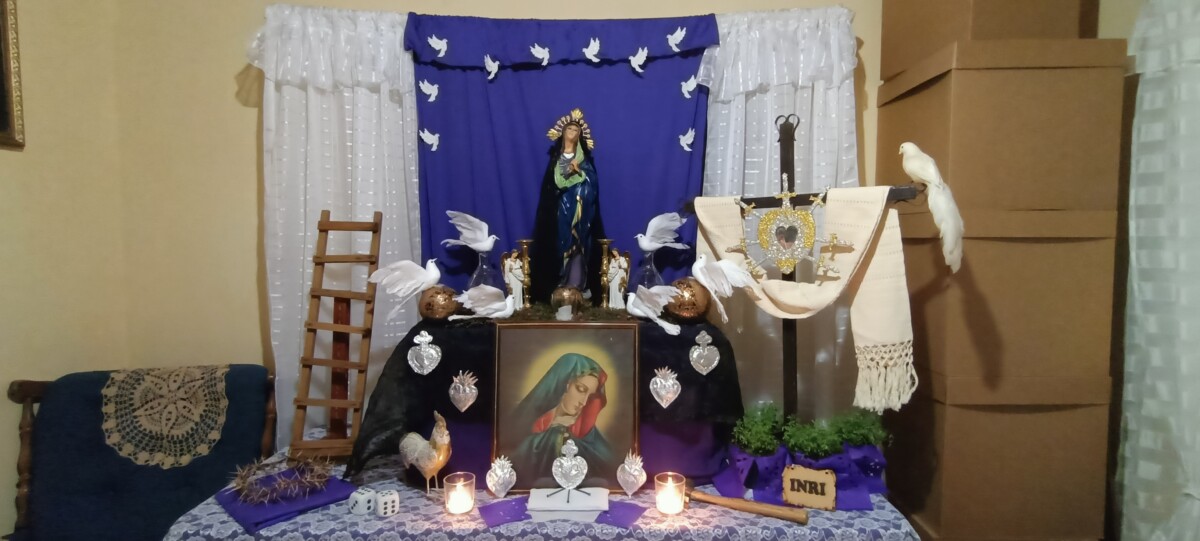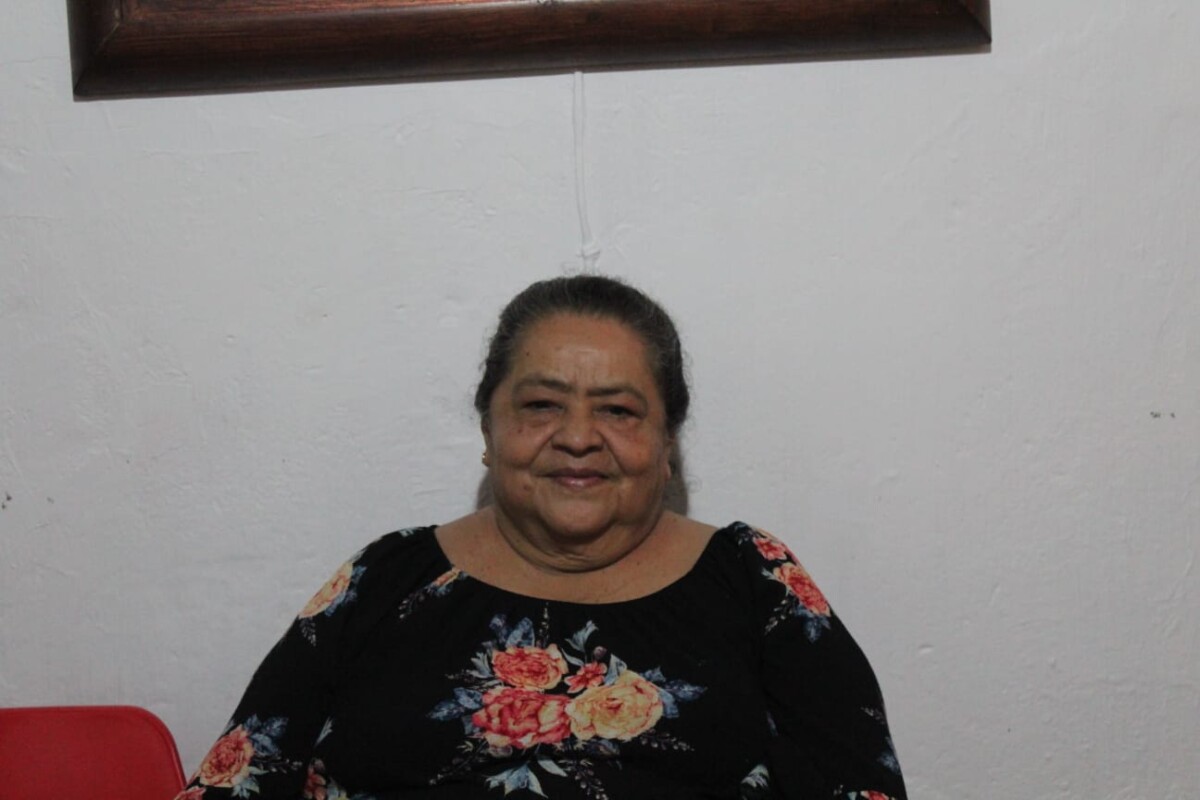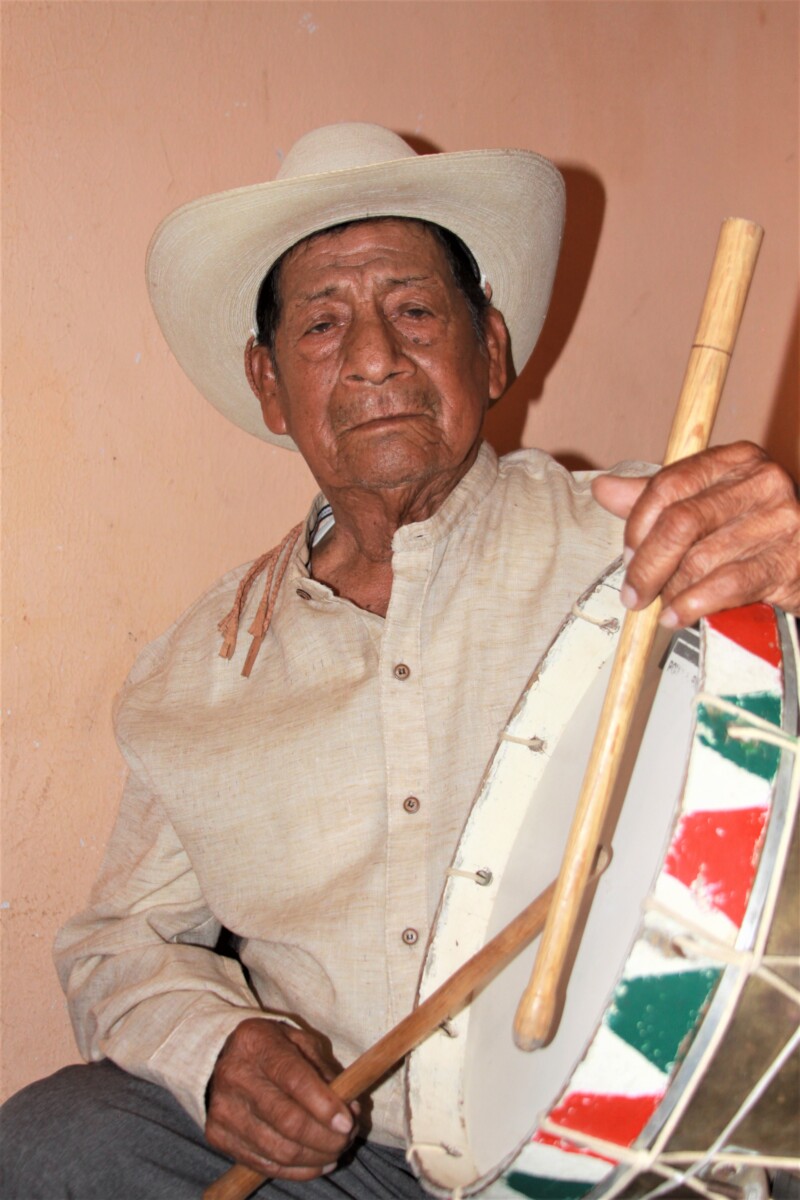historia
Regresa la Virgen de Zapopan al Lago de Chapala
La Generala visitará Chapala para bendecir el lago el domingo 10 de julio. Foto: Archivo.
Redacción.- Bajo el lema “Custodia nuestra Vida entre tus brazos”, la Virgen de Zapopan visitará Chapala este domingo 10 de julio.
La visita 67 de la Generala al Lago de Chapala dará inicio a las 10:30 de la mañana con la recepción de la imagen en en la entrada del municipio por la carretera a Guadalajara, a la altura de la gasolinera.

Programa de la visita 67 de la Virgen de Zapopan a Chapala. Foto: Facebook.
De ahí, la Virgen será trasladada en un carro alegórico hasta el malecón, donde a las 11:30 se hará la bendición del lago en la espera de un buen temporal de lluvias, para posteriormente celebrar la Eucaristía en la parroquia de San Francisco de Asís, ceremonia que será presidida por el Cardenal Francisco Robles Ortega.
El lunes 11 de julio a las 09:30 a.m. la Virgen de Zapopan navegará por las aguas del Lago de Chapala para visitar la Isla de los Alacranes.
Luego del recorrido, la Generala regresará a la parroquia alrededor de las 12:00 del mediodía y las 04:00 de la tarde se celebrará la misa de despedida. Finalmente, a las 04:45 se cantará el Salve para iniciar su retorno a la Basílica de Zapopan.
Remembering Juan “Juanito” Olivares, prolific photographer of Ajijic
Juan Olivares «Juanito» – July 12, 1944 – May 28, 2022. Credit: Sofía Medeles.
Sofía Medeles (Ajijic).- One of Ajijic’s first and most prolific photographers, Juan «Juanito» Olivares, died last Saturday, May 28, 2022. He is survived by his wife Alicia Morales from Ajijic, and three children: Aquiles, Imelda, and Judith. He leaves behind a historical photo narrative covering almost his entire life
He was born on July 12, 1944 in Ajijic. His parents were Antonio Olivares and Romana Sánchez. In an interview from two years ago, Juanito said that he began his artistic career before his 20th birthday, with a plastic arts course. He used photography to improve his drawing technique, but soon photography became his main medium. Of his success, he explained, «when I was doing well, I would print up to 300 photos. When I started, the photos cost 50 centavos, and they went up to 75 centavos, one peso, two, three, and so on until they cost what they cost today.»
With his steadily increasing reputation, he became a fixture at town festivities, and important celebrations throughout the town. During this interview, he nostalgically mentioned how his work as a photographer was devalued over time, due to the advent of cell phones. Even so, he continued painting and making signs and small landscapes for businesses in town. Until the end of his days he remained in love with his little town of Ajijic, «the landscapes have changed a lot because of the development, but it is still beautiful every moment of the day.”
His collection included photos of old hammocks, fishermen, the lakeshore when it still had no pier, no boardwalk, and other landscapes of many iconic Ajijic sites. Some of what he photographed remains today, but much has disappeared; his body of work is art and history. He photographed traditions that are now almost extinct, such as the Day of the Cross, and the Day of the Altars of Sorrows.
Translated by Amy Esperanto
Ajijic’s friend, shaman, artist, teacher and tyrant, Katuza, is fondly remembered
Jesús María Higuera Hernández, born on March 1, 1951, passed away at the age of 71 on May 22, 2022. Photo: Facebook.
Sofía Medeles (Ajijic).- Beloved Ajijic personality Jesús María Higuera Hernández, known as Katuza, was recognized worldwide, not only for his artistic skill, but for being a spiritual master and revolutionary man every day of his life.
Born on March 1, 1951, he grew up in Ajijic in a family originally from the town. Later he would travel to Canada to start a restaurant. After a few years abroad, he decided to return to his hometown after succumbing to excessive drinking.
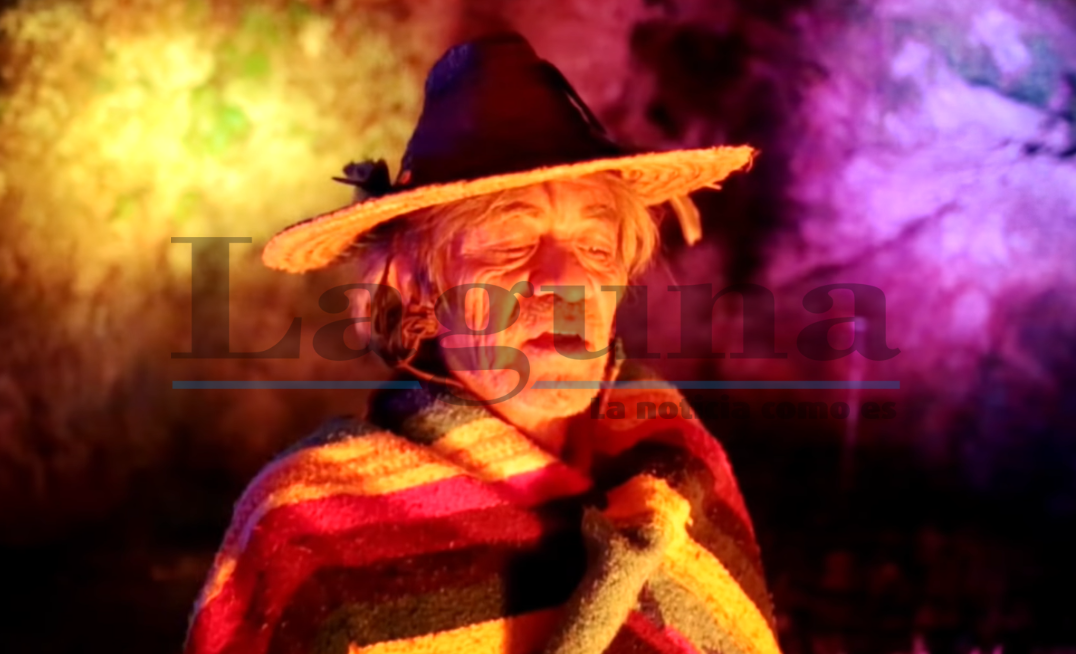
Katuza, pictured performing a ritual in Porter’s music video «Palapa». Photo: YouTube.
Upon his return, according to one of his closest friends, Daniel Palma, he continued excessive drinking, until he had a scare that made him forswear alcohol. After this, he became interested in the Huichol culture and their pilgrimage of «La Cruz». Joining them he learned about dance, healing, spiritual rituals and temazcal (sweat lodge), and received the title of marakame (one who merges art and culture) by the Wixárika community.
One of the skills for which he was most recognized was the temazcal, an ancestral healing ritual connected to the sweat lodge. One of his students, Luis Ríos, shared that with his apprentices, Katuza was always very firm, with a strong and sincere character, which surprised many, and alienated many others.
«He handled the traditional Mexican temazcal with burnt brick, mud and his own hands. He fought so much that he lost the sense of the temazcal. It moves with love and with love people are healed. The temazcal goes deeper, cleanses your being, your soul, and returns the essence of why we are alive, that’s how he taught me,» Luis said.
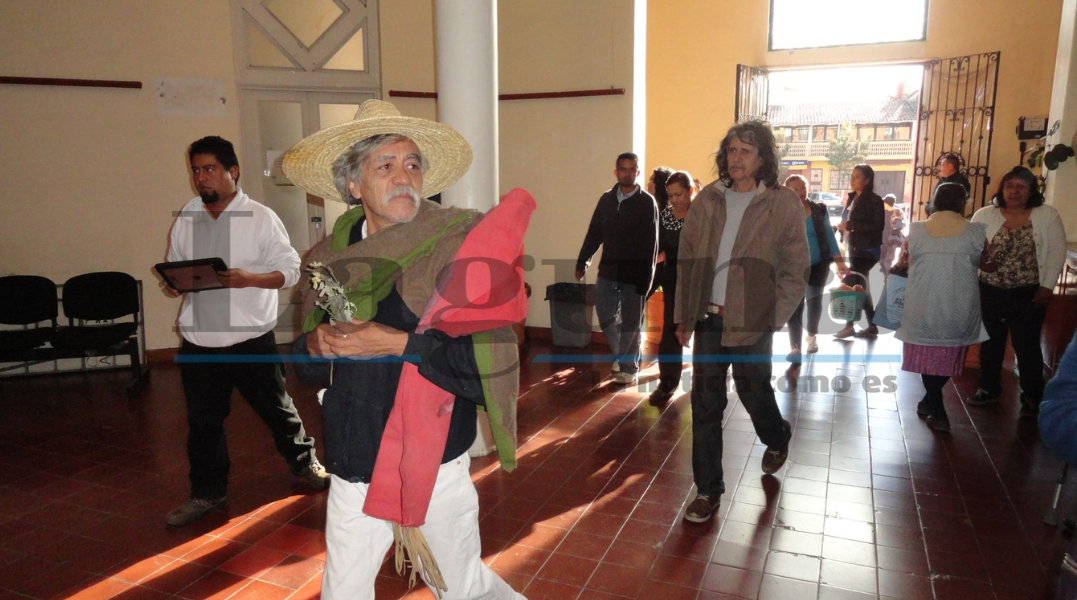
Katuza during a cleansing he performed at the Municipal Government Palace, in 2016. Photo: Facebook.
He performed dozens of temazcals not only in Chapala, but also throughout México and even Europe. National and international people became interested in him because of his rituals. Several of his acquaintances said that he was always traveling to continue learning and cultivating his skills, which is why he was portrayed in articles in media around the world, such as the New York Times.
«Once, some friends of mine were looking for this kind of healing. I took them to Katuza because he did what they were looking for. After they left, they told me that, in healing them, he was very specific with each one, ridding them of what ailed them, without having to mention it to them. They were very surprised, that’s why they recognized him as the medicine man,» Daniel Palma shared.
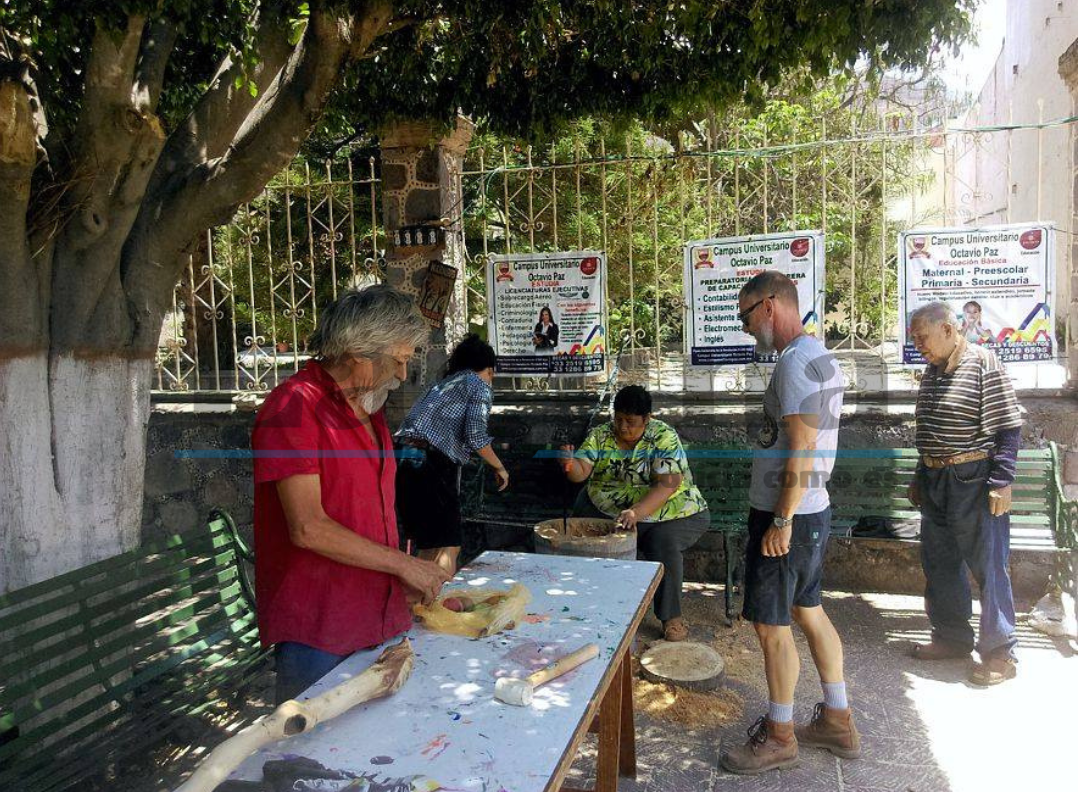
One of his wood and leather drum courses in the main square of Ajijic. Photo: Facebook.
As for his artistic side, his friend and colleague Daniel said that he handled wood and stone in a very rustic way, and his main creations portrayed lizards and iguanas.
Jesús María passed away last Sunday, May 22, at the age of 71. Many of his friends and acquaintances bid him farewell with a mass and small rituals.
He was a man who is a legend of the people Ajijic who is described with multiple titles: shaman, teacher, friend, artist, tyrant, and who inspired dozens of writings, songs, and videos that captured his eccentric life. One of those is a fragment of the song “Pájaro Rojo”, by Erick de Jesús Ocelotl:
Bajando luces de otros tiempos
Between the moon and the cold
Goes a marakame marking dreams
And the whispers of a child
[…]
Because you
You paint wings to my senses
And I
Smiling at your madness I tell you
[…]
Katuza is on an uncertain journey
Red bird red bird friend
Don’t forget what I say
Translated by Patrick O’Heffernan


“Katuza’, revolutionary and idealistic artist of Ajijic, passes away
Jesús María Higuera Hernández «Katuza» in his temazcal (sweat lodge). He passed away last Sunday at the age of 68. Photo: Facebook.
Sofía Medeles (Ajijic).- «Katuza», one of the most iconic characters of Ajijic passed away last Sunday, May 22 at the age of 68, leaving an artistic and spiritual legacy in Ajijic..
«Katuza» was the local name by which Jesús María Híguera Hernández was known since he was young. He was born on March 1, 1954 to a family from Ajijic. He studied in both Ajijic and Chapala, graduating as an accountant in the municipal capital, in the school known as «la academia de las monjas» (the nuns’ academy).
He never practiced his profession. He had a restaurant in Canada and later returned to México to begin his career as an artist, sculptor and shaman, being his marakame name – people who heal with traditional Huichol methods of the region, Cehuia Ilhuiac Marakame.
His relatives and acquaintances described him as a sincere man who said things as he thought them and disliked people who acted hypocritically, and as very spiritual and ahead of his time. «He spoke as he was told,» said one of his sisters.
He died last Sunday, May 22, of a heart attack. In the next edition of Semanario Laguna, we will publish his complete profile, his history, and his work in the town of Ajijic.
Translate by Patrick O’Heffernan
María Quiroz Rameño is a strong, hard-working, and unstoppable mother
61-year-old, María Quiroz Rameño is an unstoppable woman. Photo: Alma Serrano.
Alma Serrana (San Juan Cosala).- Maybe you didn’t have the childhood or adolescence you would have wished. Life is never as we thought it would be, no matter how much we plan it. From the country to the city, that’s how your life has been, with many inevitable changes and realities that have made you wake up.
Your 61 years have shown you how capable you are. Limits are nothing more than the experiences of others who have not dared to go, out of fear, where you knew you could go. Your determination makes you powerful and you always do the best you can, even if at the time you didn’t know how.
Being a mother has made you see, go, look beyond, be invincible and give it your all. For your children you took off the blindfold, to see that the world is not a loom that you can hold. Sometimes you had to weave your own way, with the fabric of your hands.
You were, are, and will be a daughter, a wife, a mother of four children who had to live in a hurry «with shots and pulls.» Being a mother has led you to be, even when you were widowed, bigger than before, stronger, more you. You never gave up. Nothing stops you.
Since you were a child, you had the desire to break everything you came across. You have learned that this unquestionable attitude only exists in extraordinary people.
Thanks to your innate, relentless will you have managed to achieve what only the brave, those who remain standing, can achieve.
You may not notice everything you have achieved because circumstances have not allowed you the time to contemplate. You have known what to do in the face of adversity, defending yourself from everything, you never lost faith. How courageous you have been.
There is no doubt that it is not necessary to be a mother for us to honor your life like that of millions of mothers. Undoubtedly being a mother has made you an impeccable human being at heart. I know that life has not been perfect neither with you nor with anyone else, but life does not need to be perfect to be wonderful.
Translated by Nita Rudy
Lakeside Chronicles
Bertha Mendoza Díaz professes great fervor to the image of the Lord of Huaje
María del Refugio Reynozo Medina.- Seventy-three-year-old Bertha Mendoza Díaz is originally from Jocotepec. She and her brother Cándido Mendoza Díaz grew up seeing the loving devotion to the Lord of Huaje by their parents. The Lord of Huaje is one of the two sacred images of Christ revered in Jocotopec. The other is the Lord of the Mountain.
Their father, Cirilo Mendoza Valencia, one of Jocotepec’s artisan woodworkers taught the trade to Cándido. Cándido, in addition to being a woodworker, is a musician and has been a high school art teacher for 24 years.

Bertha Mendoza Díaz talks about the testimonies of faith.
Because of his great devotion, Cirilo Mendoza always wanted to be one of the organizers of the feast of the Lord of Huaje. Around 1970 he heard that it would be the last year that the Lord of Huaje would be celebrated due to lack of economic resources.
Don Cirilo went to the parish of Señor del Monte (Lord of the Mountain) to ask to borrow some banners and candlesticks because the precinct of the Lord of Huaje did not have any.
Don Cirilo asked the priest permission to borrow what he needed. The priest told him, “If any of the things are lost, you will pay for them. Don Cirilo replied, “If it is necessary for me to stay and sleep with him, I will.»
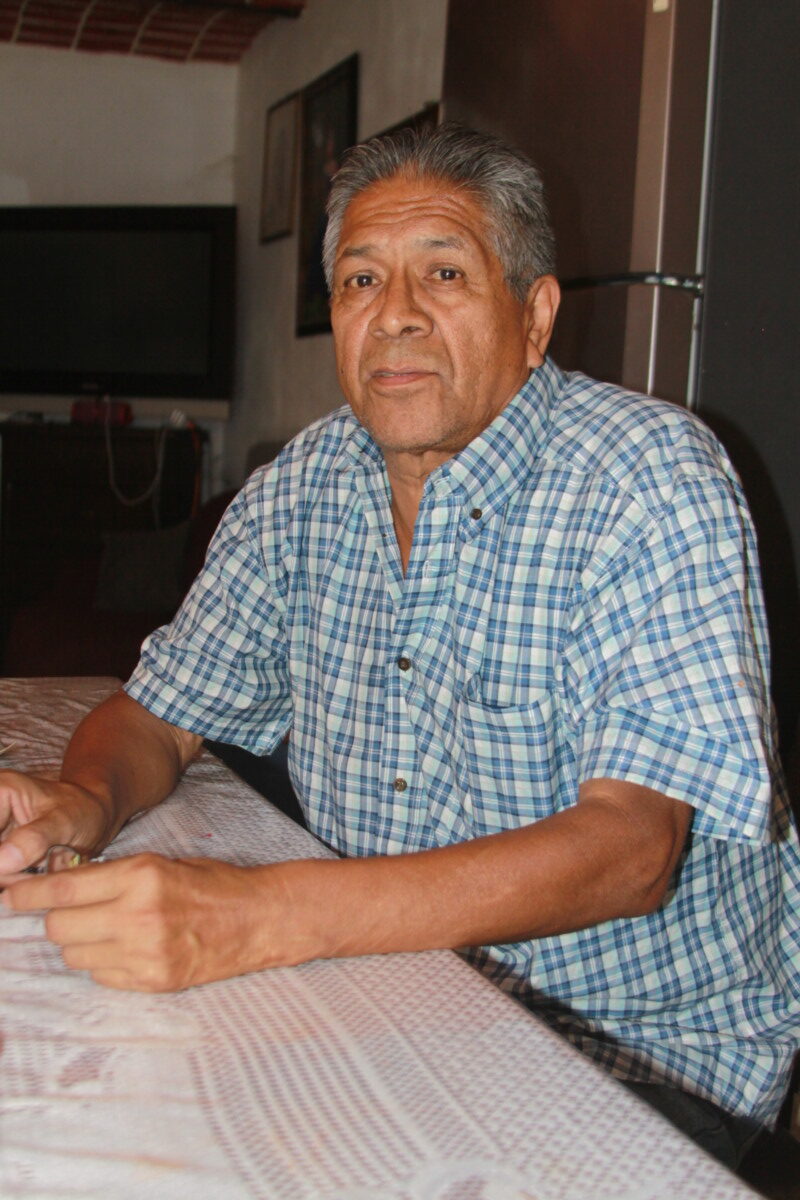
Cándido Mendoza Díaz is a laborer, musician, high school art teacher and professes a love for the Lord of Huaje instilled by his parents.
On the evening of the eve of the feast, a group of helpers set out to close the door when the decorating was finished. The door remained stuck open and could not be closed, even with the help of the others. Don Cirilo remembered that he had promised to stay overnight with the Lord. His sympathetic helpers, Ángel Paz, Benito Inés and Catarino Olmedo went to get their personal items to join Don Cirilo for a sleepless night. When they returned, ready to settle in, they tried to close the heavy wooden gate one more time. Before everyone’s eyes, the gate closed. “He was testing us,» said one of the helpers.
The first celebrations that honored this Christ were only two days: Saturday and Sunday occurring the days after the January feast. Then the celebration of a novena (nine-day prayers and celebration) was added.
Mrs. Bertha continued with her love for the image of Lord Huaje and was very close to the activities of the temple. Although in the temple a loving contemplation was not always experienced. She remembers a priest named Emeterio Romo, whose actions were very strange. He was allergic to flowers. He used to say, why are you having so many parties?” When he was asked to authorize a party, he was reluctant.
“They are our images of Christ,» the women would tell him.
On one occasion in 1975 Bertha found out that a meeting was being held to change the date of the feast. She and other people did not agree and tried to prevent it. In the end, the celebration date was changed to the current one in May. But the first year of the change they celebrated in January and May.
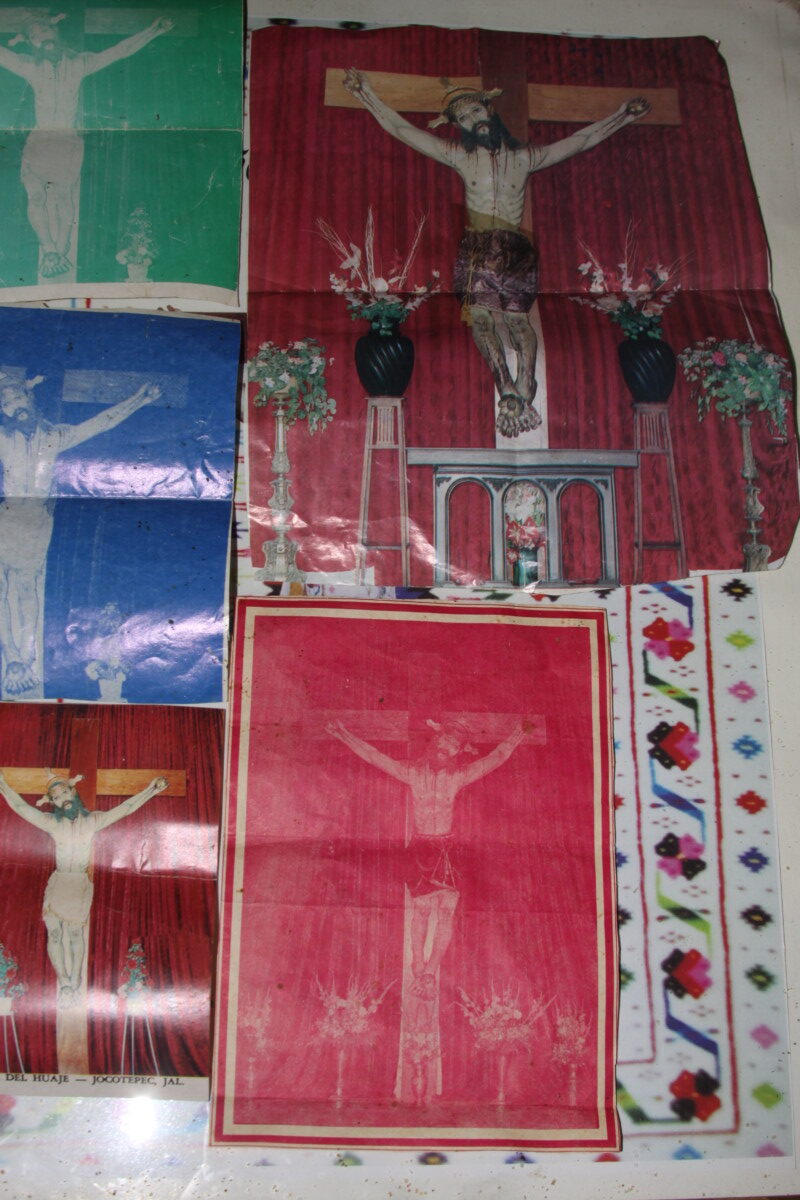
Mrs. Bertha jealously guards all the images of the Lord of Huaje that come into her hands
That last January celebration has been referred to as the feast of the excommunicated, referring to the people who participated in it. The first time the celebration was held in May, the organizers sent a summons to the organizers of the January celebration, through the presidency, so that they could borrow the platform. Tempers flared and the two groups were fighting for the platform. The platform was shared and that year the Lord of Huaje had two celebrations and many faithful gathered around the image.
Many stories are shared about this Christ figure. Someone once said that he opened his lips. Some say that sometimes it becomes very heavy to carry him. Or that sometimes the photos taken of him do not come out.
One time a man promised some banners, but he did not pay for them. One afternoon someone came to the man’s house carrying some banners. “Here are the ordered banners,» he said, and he asked for payment.
Mrs. Bertha professes great love for this crucified man and talks closely with him. On one occasion, her granddaughter had a pickup truck stolen. «Why?» she thought and questioned inwardly; «it was the truck or you,» she heard in her heart.
On one occasion, she thought it was all over, she was diagnosed with a tumor, and the need for intervention was urgent. Before leaving for the hospital, Bertha threw herself at the feet of the crucified one begging for her health. When she was in the hospital undergoing clinical examinations, the doctors found nothing malignant. In her heart, she understood that it was Him. “Do I love Him?” she says to me.
“Do I want it?” she says with a faraway look. “Oh, what if I don’t love him!” she says with a frank smile, very close to tears. “I have not only heard about him since I was in my mother’s womb. I have lived and loved him.”
Translated by Nita Rudy
Local hero in Chapala cares for the altars of Dolores
Altar a la Virgen Dolorosa at Carlos Esparza Urzúa’s house, Miguel Martínez street, corner with 5 de Mayo.
Staff. – Mounting altars in honor of the Virgen de los Dolores is a tradition that has been waning over time at Lakeside; however, in the municipal capital of Chapala, a group of neighbors from the neighborhood of La Purísima, led by Carlos Ernesto Esparza Urzúa, keep the flame alive.
For 15 years now, Esparza Urzúa has been motivating his neighbors to make the altars. When it’s time to organize, «I ask and I tell them to do, and if they don’t want to do it, I’ll do it,» he exclaimed. With few or many members, he continues with the customs that his mother instilled in him.
In spite of the fact that other years the tradition was celebrated «in a big way,» with personifications of girls dressed in black and much more cooperation from neighbors from other streets, the participation was reduced during the pandemic.
This year, Esparza Urzua set up the main altar inside his house, on Miguel Martinez Street. The neighbors on 5 de Mayo Street supported him with three more. The group of ten people prayed a rosary at each altar and then, in accord with the tradition, asked, «Has the Virgin already cried?» In response, they received a glass of water, which represents the tears of the Virgin.
Carlos has kept images of the Virgin of Dolores for three generations, placed in the center of the altar, accompanied by a metal cross. His mother taught him to add a ladder representing the moment when Jesus returns to heaven, in addition to placing nails and hammer to represent objects used during the crucifixion.
The dice also symbolize the soldiers fighting for his tunic; the rooster that crowed when Peter, the apostle, denied Jesus three times; and white doves that represent peace.
Carlos Estrada Urzúa uses in his altar the colors purple and blue as a symbol of mourning, and regional plants such as clam, chamomile, birdseed and clover, the latter representing the Trinity.
In previous years the altars were kept up all night. However, security is no longer the same and things are stolen, said one of the neighbors, and as a result they dismantle their altars between 10:00 and midnight.
Finally, Carlos’ neighbors, who have grown as a family, will support him in setting up the Tended Christ outside his house, starting at 8:00 p.m. until the end of the March of Silence on April 15, Good Friday.
Translated by Sandy Britton
Restaurant Cenaduría Memo: 52 years sharing Mexican flavors
María Hilda Robledo Vázquez, opened «Memo» Cenaduría when she was only 20 years old. Photo: Sofía Medeles.
Sofía Medeles(Ajijic).- «Memo’s» is one of the most long-lived and emblematic local businesses in Ajijic. At 72 years old, its founder, Mrs. María Hilda Robledo Vázquez, shared the trajectory of her 52-year business.
María Robledo, better known as Mari, opened the diner when she was only 20 years old. She says that she wanted to start a business, so she started with tacos, then added menudo, until she got to what she currently sells, which is a variety of typical Mexican food dishes.
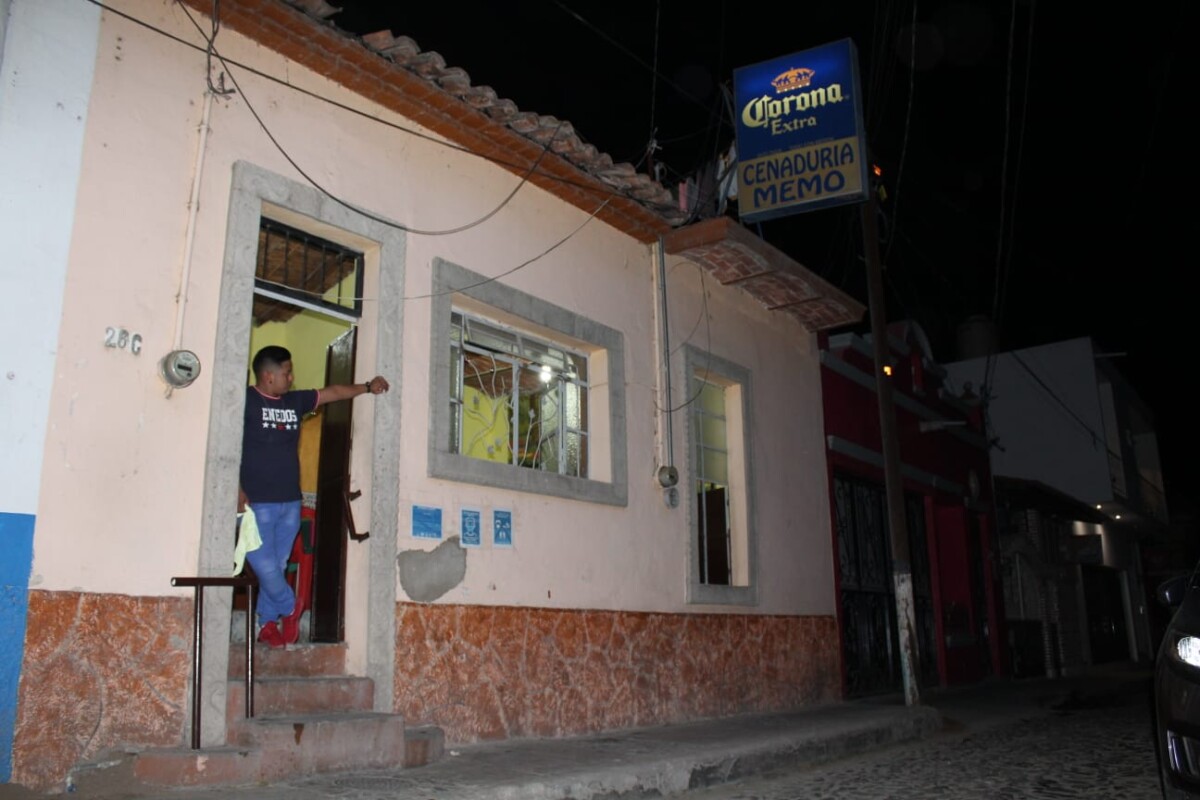
The establishment is located at 25 Hidalgo Street. At the door, Mrs. Mari’s grandson, Alejandro. Photo: Sofía Medeles.
«Before being located where the business is today, we moved from two other places. Before, we were known as «Los Deportes» because we were in a place that was a sports store. Later, my stepfather made a contract with a brewery to put up the billboard, and since his name was Memo, they put it in his name. They said they were going to change it, but in the end they didn’t, and that’s how it stayed’ that’s how we became known,» the Mari related.
Mari Robledo also said that she began to be recognized by the people of Guadalajara when she was visited by some godparents of one of her brothers about six years after starting her business. They told her that they would recommend her to people from Guadalajara, and people from Guadalajara have been coming to visit her ever since.
«Sometimes customers come and tell me, I remember when my parents used to bring me here, and you are still running the business after all this time,» added the founder of the restaurant.
«Memo» has approximately 30 years on Hidalgo Street #25, in the center of the town, where there have been hundreds of tourists both local and national, and even international.
Mari shared that she has learned that her clientele comes through word of mouth, and they always let her know that they were satisfied with her dishes, especially with the pozole, one of her best-selling preparations.
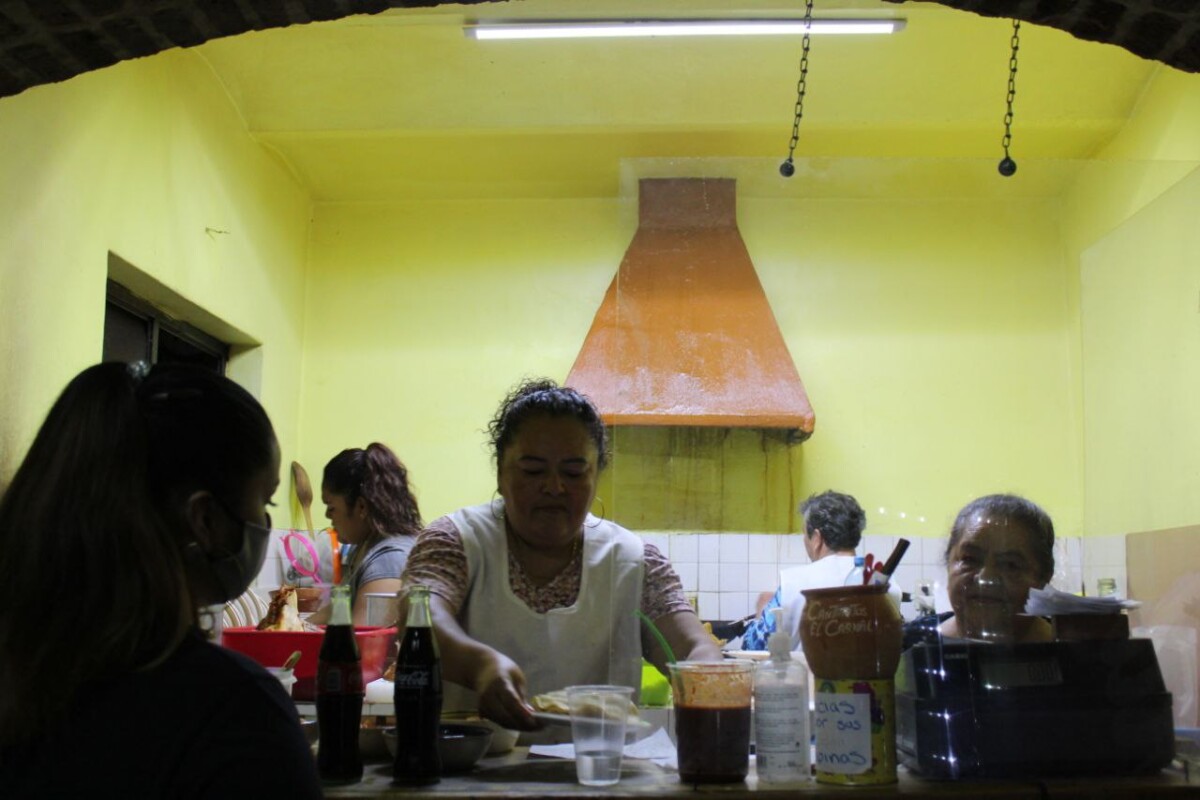
Doña Mari with her workers in the kitchen of the «Memo» diner. Photo: Sofía Medeles.
Since its founding, the business has remained very family-run. At the beginning, Mari worked with her sisters. Later on she worked with her children, Fernando, Laura, Virginia and Alejandrina, who supported her at some point. The last one helps her still.
In addition, her son-in-law Francisco Romero and her grandchildren Izbia, Alejandro, Romina and Fernanda have joined the team; besides, María Elena Martínez, Corazón de Jesús Cerna and Guadalupe Pulido, are her employees who help her in the kitchen.
Although she finds the cooking business exhausting, María Robledo Vázquez hopes that the restaurant will continue for many years to come.
«The business has always been a support to help my children get ahead and give them an education. My daughter Alejandrina already knows how to do things here, and she told me that she would like to continue. I hope she does.»
Finally, Mari thanked all her customers because they have always been unconditional and come back to the restaurant with pleasure.
Translated by Sydney Metrick
Lakeside Chronicles:
Leonardo Saucedo better known as «El Chiri,» is a dancer by inheritance. From the age of seven his grandfather assigned him to the Lord of Huaje in Jocotepec to whom he offers his dances during the festivities. Photo: María Reynozo.
By: María del Refugio Reynozo Medina
Since he was a child, Leonardo Saucedo learned dance from his father Leobardo Saucedo Valentín, a dancer who performed the representation of the conquest in the town of Nextipac, municipality of Jocotepec.
Leonardo watched the rehearsals with rapt attention. He clearly remembers the characters; La Malinche, Hernán Cortés and Cuauhtémoc.
“-Get up, great monarch, Hernán Cortés is coming….” La Marina began in one of its dialogues in the colloquium that recreated the episode of The Conquest. It lasted more than three hours and up to 60 actors participated among dancers and musicians with guitar, stringed instruments, and drums.
At the age of seven Leonardo suffered a very strange illness. Small wounds appeared on a large part of his body that oozed. His grandfather entrusted him to the Lord of the Huaje, the Christ carved on a huge gourd tree found in the vicinity of San Pedro Tesistan and located in the chapel formerly known as the Chapel of the Immaculate Conception in the municipal capital of Jocotepec.
She promised him that if he healed him, she would give him her little grandson so that he could praise him through dance. So, they undertook the pilgrimage from Nextipac to the temple of the Lord of the gourd tree, walking, praying, dancing and the seven-year-old boy carrying despite his illness, a heavy wooden drum.
Don Leonardo «El Chiri» is now 86 years old, he remembers that moment and tears come to his eyes.
“I was even hot when I arrived,» he says.
After fifteen days, the boy was completely healed.
His father used to take to the Lord of gourd tree for the festivities of «the dawn» (rockets, cinnamon, bread and ringing of bells).
In addition to his love for dancing, he remembers that he used to help his father in the fields every day. During harvesting the fruits or burying the seeds in the middle of the furrows he would go over the dialogues. Though the official rehearsals were in the afternoon when the days in the fields were over.
As a dancer «El Chiri» went to Zacoalco de Torres, San Luis Soyatlán, Tizapán el Alto, Santa Rosa, Atequiza and Ixtlahuacán de los Membrillos.
Now he says he is sad to see himself getting old, however, as long as he exists he will also live his fervor for the crucifix made from the gourd tree. Every time he goes to Jocotepec, the first thing he does is to visit the image and take a candle to it. Every year he is also present at the feast. “Although I may be crawling, I have to go.”
«El Chiri» they call him in town because one day in a soccer game, ten minutes from the end, he scored an Olympic goal that led his team to victory. “It was a fluke,» he was told.
«El Chiri» learned very well his side as an actor not only as a dancer. He recreated characters with different voices. ‘The Indians did some voices, he says, and the conquistadors did others.”
One day when they were walking up the hill on their way to Cajititlán for a presentation, the woman who was going to play La Malinche fell into a stream. By the time they reached their destination she no longer had a voice. «El Chiri» had no problem representing the female voice and completing the picture. He had a very good memory, although «we had no school,» he says.
In those days they had for school a leafy mango tree, a piece of smoked board and his teacher.
However, he came to learn not only his own dialogues but those of everyone else.
Now his memories are vague, and among them he’s lost some incomplete stanzas of what was the splendor of the colloquies of La Conquista.
“Silence and little morulla, if you want to see this dance.
Listen to me, so many women, which one is the most murmuring,
is she braided or is she hairy.
Adorned with little rags shut those little lips.
Don’t disturb Juan Guarín epa maistro of the violin
Touch me the dwarfs to dance them here …”
Translated by Sydney Metrick
Amor es amor: Aprueba Jalisco el matrimonio igualitario
Durante la madrugada del jueves 7 de abril, el Congreso de Jalisco aprobó tres iniciativas en pro de la diversidad sexual. Foto: Twitter.
Redacción.- Bajo las consignas de “Ya es hora Jalisco”, “Nada que Curar” y “Jalisco de Iguales”, el Congreso del Estado reconoció el matrimonio entre personas del mismo sexo, la identidad de género y sancionar las terapias de conversión.
En una maratónica sesión del Pleno que se extendió hasta la madrugada del 7 de abril, los diputados locales legislaron en favor de la lucha por el reconocimiento de los derechos de la comunidad LGTBTTIQ+.
Con 26 votos a favor, ocho en contra y tres abstenciones, se aprobó la modificación al Código Civil de Jalisco para que el matrimonio sea igualitario, es decir, entre personas independientemente de su identidad de género y no entre un hombre y una mujer como se tenía establecido.
Otra de las iniciativas votadas, fue la prohibición de los Esfuerzos para Corregir la Orientación Sexual y la Identidad de Género (ECOSIG) también conocidas como terapias de conversión.
Esta modificación fue aprobada con 32 votos a favor, cinco en contra y cero abstenciones, en la que se reformará el Código Penal de Jalisco para que quienes promuevan, apliquen o financien terapias de conversión sean multadas desde 50 a 300 veces del valor diario de la unidad de medida y actualización (actualmente de cuatro mil 811 a 28 mil 866 pesos), o con 30 a 100 jornadas de trabajo a favor de la comunidad.
La tercera reforma aprobada por los legisladores fue la iniciativa para reconocer la prerrogativa que tienen las personas transexuales a la identidad de género, misma que recibió 26 votos a favor, diez en contra y cero abstenciones.
Las tres iniciativas fueron sometidas a aprobación durante la 38 sesión extraordinaria del Congreso local que comenzó alrededor de las 23:00 horas y concluyó al filo de las 02:00 horas de la madrugada, bajo el método de votación por cédula, es decir, con voto secreto mediante papeletas.
A las afueras del recinto, colectivos de la diversidad sexual celebraron la aprobación de las reformas legislativas como un hecho histórico para el reconocimiento de los derechos humanos y la promoción de un “Jalisco de Iguales”.
© 2016. Todos los derechos reservados. Semanario de la Ribera de Chapala

